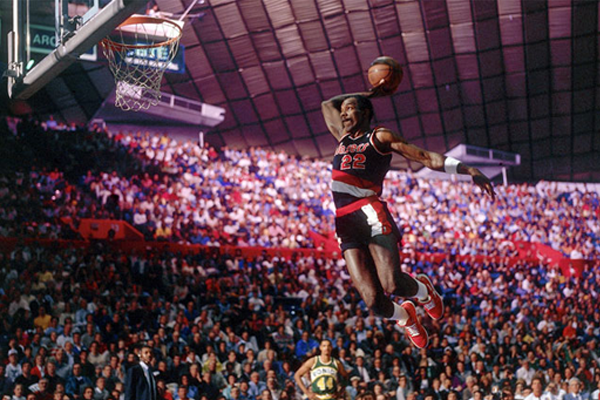| Package Data | |
|---|---|
| Maintainer Username: | antennaio |
| Maintainer Contact: | antenna@antenna.io (Kazik) |
| Package Create Date: | 2016-01-22 |
| Package Last Update: | 2018-09-06 |
| Language: | PHP |
| License: | MIT |
| Last Refreshed: | 2025-12-14 15:05:47 |
| Package Statistics | |
|---|---|
| Total Downloads: | 2,556 |
| Monthly Downloads: | 0 |
| Daily Downloads: | 0 |
| Total Stars: | 29 |
| Total Watchers: | 4 |
| Total Forks: | 1 |
| Total Open Issues: | 2 |
Image uploads and manipulation for Laravel, a wrapper around Glide
You can use the package to upload your images to local filesystem or S3 and display them on your site in various sizes. Thanks to Glide all manipulated images will be cached and reserved on subsequent visits.

Install through composer:
composer require antennaio/laravel-clyde:~0.0.1
Add the service provider to config:
// config/app.php
'provider' => [
...
Antennaio\Clyde\ClydeServiceProvider::class,
...
];
If you intend to use facades, install those as well:
// config/app.php
'aliases' => [
...
'ClydeUpload' => Antennaio\Clyde\Facades\ClydeUpload::class,
'ClydeImage' => Antennaio\Clyde\Facades\ClydeImage::class,
...
];
Publish configuration:
php artisan vendor:publish --provider="Antennaio\Clyde\ClydeServiceProvider"
You can use dependency injection or facades, it's up to you.
use Antennaio\Clyde\ClydeUpload;
...
protected $uploads;
public function __construct(ClydeUpload $uploads)
{
$this->uploads = $uploads;
}
public function upload(Request $request)
{
if ($request->hasFile('image')) {
$filename = $this->uploads->upload($request->file('image'));
}
}
use Antennaio\Clyde\Facades\ClydeUpload;
...
public function upload(Request $request)
{
if ($request->hasFile('image')) {
$filename = ClydeUpload::upload($request->file('image'));
}
}
Each filename generated by Clyde is unique. Make sure to store the filename, so that you can display the image at a later time.
You can control the location of where the uploaded file will be saved by passing an additional argument
to the upload method. Below is an example of how to save an image and keep its original name:
ClydeUpload::upload($request->file('image'), $request->file('image')->getClientOriginalName());
You may also use a closure to modify the file path:
ClydeUpload::upload($request->file('image'), function ($filename) {
return 'profile-images'.DIRECTORY_SEPARATOR.$filename;
});
You can also check if an image already exists:
// returns true or false
ClydeUpload::exists('image.jpg');
Or delete a previously uploaded image:
ClydeUpload::delete('image.jpg');
<img src="{{ ClydeImage::url('56a1472beca5d.jpg') }}">
You can pass various image manipulations as the second parameter:
<img src="{{ ClydeImage::url('56a1472beca5d.jpg', ['w' => 800, 'h' => 600, 'fit' => 'crop']) }}">
For the full list of available manipulations take a look at the Glide docs:
http://glide.thephpleague.com/1.0/api/quick-reference/
Additionally, you can setup presets and use them as a quicker way to apply manipulations to the images:
// config/clyde.php
'presets' => [
[
'thumbnail' => [
'w' => 100,
'h' => 100,
'fit' => 'crop'
]
]
],
<img src="{{ ClydeImage::url('56a1472beca5d.jpg', 'thumbnail') }}">
Watermarks are stored on the local filesystem by default. To use watermarks put the watermark files
in storage/app/watermarks directory. To adjust the location where watermark files are stored you can
edit watermarks and watermarks_path_prefix entries in the config.
ClydeImage::url('56a1472beca5d.jpg', [
'mark' => 'watermark.png',
'markpos' => 'top-right',
'markw' => '50',
'markh' => '50',
'markpad' => '10'
]);
All URLs generated by Clyde are signed by default. This means that there is always a signature
appended to all URLs and verified when an image is displayed. To turn this feature off set the secure_urls
key to false in the config (not recommended).
The package name is a tribute to Clyde "The Glide" Drexler.